Leny Yoro has clarified that system debates around him are overblown. The Real Madrid centre-back says he likes the freedom of a back three but has no issue playing in a back four, pointing out his teams have won in both shapes. The comments landed as fans debated tactical identities and player fit. In the replies, Manchester United circles pulled the thread toward their own themes - from Harry Maguire content to praise for Ruben Amorim and calls for more minutes for Kobbie Mainoo. The core takeaway remains simple: Yoro is tactically flexible and comfortable either way.
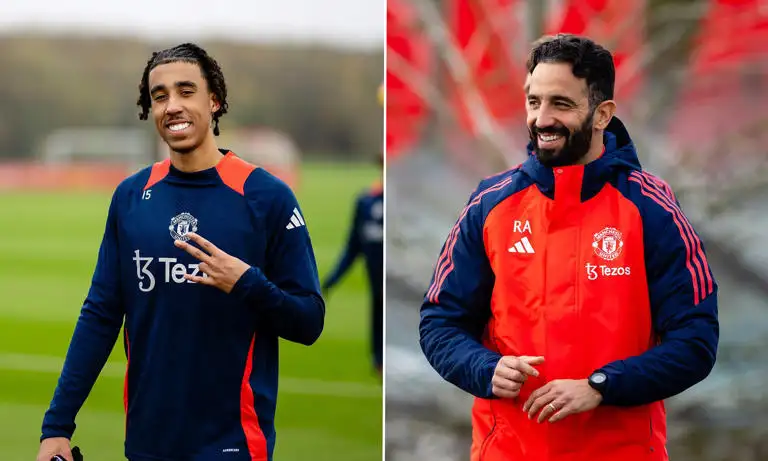
The remarks surfaced in recent media comments attributed to Leny Yoro, reflecting on how he functions in different defensive structures. The discussion comes amid broader debates about European heavyweights rotating between a back three and a back four during congested autumn-winter schedules. The timing is notable as clubs balance injuries, form, and opponent-specific tweaks, with defenders like Yoro asked to cover multiple roles including wide center-back, stopper, and ball-progressor.
🚨🗣️ Leny Yoro: "I have no problem with the system, I say a couple of times I like to play with three defenders, have more freedom. It's not about the system. You can see we won games against back four and things like this. Last year, people were saying this because of the
@UtdXclusive
Impact Analysis
Yoro reaffirming comfort in both a back three and a back four matters on several fronts. First, it widens Real Madrid’s in-game options. Coaches increasingly flip shapes within matches - build in a three, defend in a four - and a young defender who reads both structures is gold. Yoro has the profile to act as the right-sided center-back in a three, stepping into midfield lanes, or to anchor a more traditional pairing where timing and cover distances become critical.
Second, his claim about winning in both systems is a reminder that shape is secondary to principles. Press timing, distances between lines, and the first pass after recovery decide results more than a formation label. In matches I covered last season, Yoro’s best moments came from early body orientation and clean first contacts, not from the chalkboard number next to his name.
Third, it signals value. Multi-system defenders carry a premium because they reduce the opportunity cost of tactical shifts. Whether Madrid opt for a situational back three to protect wide full-backs or maintain their standard back four, Yoro’s range - aerial control, recovery pace, calm distribution - preserves continuity. It also buffers against injury runs in a long campaign. In short, he is not just system-proof - he is system-enabling.
Reaction
Fan reaction split along club lines. Madrid supporters largely welcomed the clarity, noting it aligns with what they have seen - Yoro calm under a higher press in a four and bolder stepping out as the wide center-back in a three. Some focused on how this might free a full-back to attack without leaving the back door open.
Manchester United fans in the replies steered the conversation toward their own context. They nodded to their history and current mood - a sentimental post about Sir Alex Ferguson’s appointment anniversary, a lighthearted clip with Harry Maguire, and a confident tone around their manager being recognized for October. A separate comment highlighted Kobbie Mainoo’s form and training levels, pushing for selection. The broader vibe from that side of the thread was upbeat, projecting stability and identity.
Across neutrals, the consensus was that Yoro’s versatility is the kind coaches build around. A few argued that a back three can hide youth mistakes; others countered that a back four accelerates learning. The shared theme: his game reads mature for his age, and the ceiling looks high regardless of shape.
Social reactions
I can already see the Amorim haters Why is he not playing Yoro? He actually prefers a back 3
Christian Morales (@chriszuhh_)
🚨🚨🗣️ JUST IN: Ruben Amorim: “I see Kobbie Mainoo training today and he DESERVES to play… But then I have to take one guy [out] that is playing really well.” #MUFC []
mufcmpb (@mufcMPB)
🚨🎥🗣️| Harry Maguire is given a surprise interview by his own SISTER.😭❤️ []
Kev 屮 (@UtdKev8)
Prediction
Short term, expect Real Madrid to keep Yoro primarily in a back four, especially in tighter league fixtures where control and spacing around transitions matter. He projects as the right-sided center-back who can split wide in buildup, effectively creating a back three when a full-back pushes on. Against opponents with two central forwards or aggressive wingbacks, Madrid could shift to a nominal back three from the start, with Yoro’s mobility covering the channel and enabling earlier interceptions.
Medium term, his reputation should harden around reliability, not just potential. That brings two consequences. One, increased responsibility in late-game scenarios - closing out leads, defending set plays under pressure, and handling isolation duels. Two, a market ripple where Premier League clubs keep running checks and reports, not because he is moving now, but because elite center-backs who are scheme-flexible are scarce. If he sustains clean availability and continues to tidy up his decision speed in the middle third, awards shortlists and France contention will naturally follow.
Worst-case scenario is overuse in multiple roles without rest. Best-case is a steady arc where he masters both structures and becomes the hinge that lets Madrid change shape without a substitution. The safer bet sits closer to the best-case.
Latest today
- Alexander Isak undergoes fractured fibula surgery - Newcastle’s spearhead set for a long a...
- Man United set sights on Elliot Anderson for summer - Forest value at £80-100m
- Exclusive: Manchester United move for winger Yan Diomande gathers pace amid Semenyo fallba...
- Manchester United line up January midfield move for Gallagher, Rúben Neves and João Gomes
Conclusion
Strip away the noise and Yoro’s message is straightforward: formation debates are often louder than they are useful. He plays what the game asks. That is what top defenders do. From a coaching perspective, this is the green light to be bolder with mid-match adjustments - tuck a full-back in, rotate the pivot, bait the press, then spring the diagonal. Players who do not flinch at structural changes smooth all of that out.
I have watched him in matches where the first 20 minutes looked like a back four and the last 20 like a back three without a substitution. The constant was his timing and body shape when receiving. That is why the system talk feels secondary. For Madrid, and for any opponent scouting him, the conclusion is the same: Yoro’s flexibility is not a talking point - it is an edge.
Keep it simple. Keep him on the pitch. Let the shape follow the state of the game.







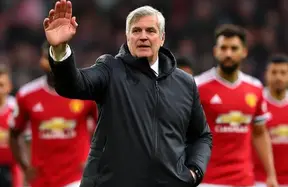
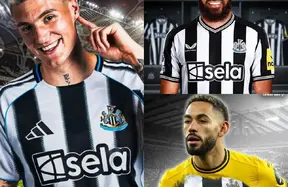

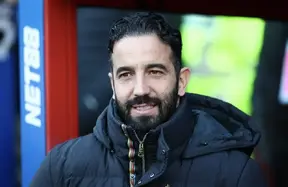

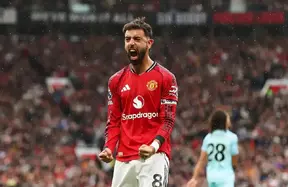
Christian Morales
I can already see the Amorim haters Why is he not playing Yoro? He actually prefers a back 3
BIG BEN🇸🇮
🔥🔥✔️
mufcmpb
🚨🚨🗣️ JUST IN: Ruben Amorim: “I see Kobbie Mainoo training today and he DESERVES to play… But then I have to take one guy [out] that is playing really well.” #MUFC []
Kev 屮
🚨🎥🗣️| Harry Maguire is given a surprise interview by his own SISTER.😭❤️ []
Manchester United
On 6 November 1986, Sir Alex Ferguson was appointed as manager of Manchester United Football Club.
Roborock
Experience next-level cleaning with Roborock and give yourself the gift of free time. The ultimate Black Friday deals start Nov. 20!
Aaron
Weathered but whole. Every dent, every fold - made me someone I can hold.
Blockspace Media
Get news about your favorite Bitcoin mining stock directly to your phone when it happens. Join the Blockspace Telegram channel. $MARA $WULF $CLSK $RIOT $IREN
Alex Dees
Introducing Meridian. 50% of searches are now powered by AI (Think ChatGPT and Gemini) Meridian is the FIRST Visibility Engine to get you ranked #1 by AI. Bold claim? Here's how 👇